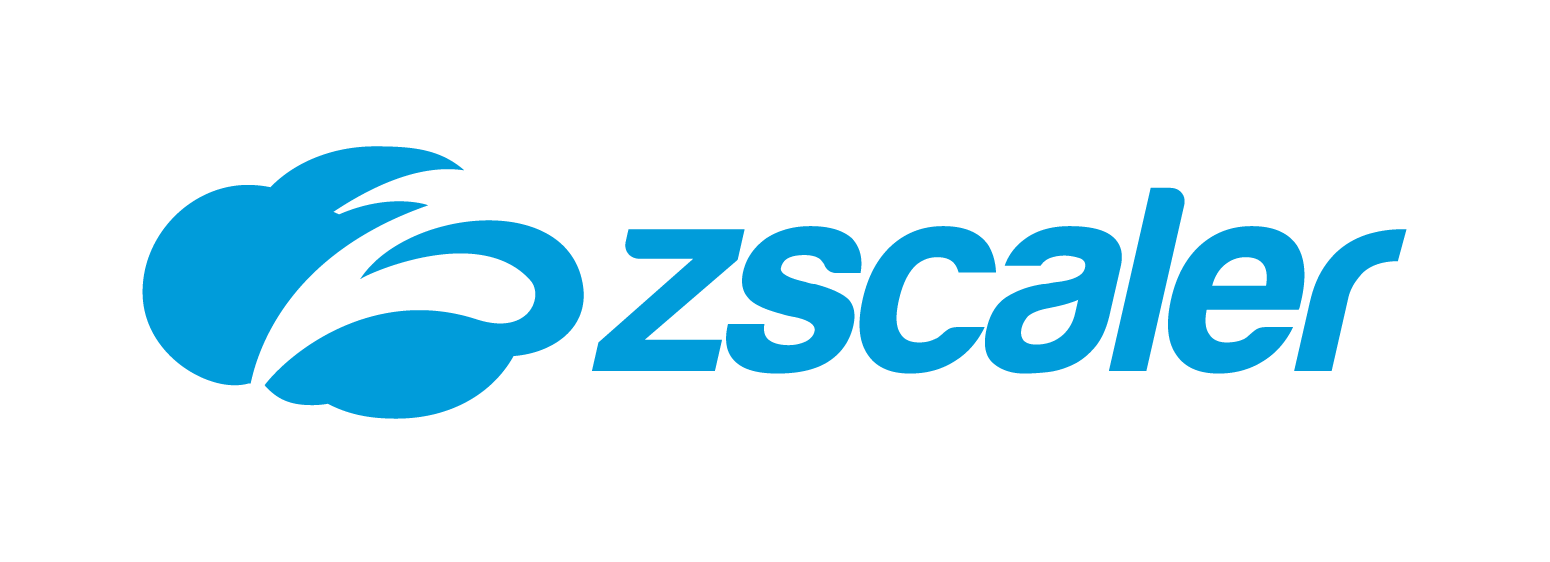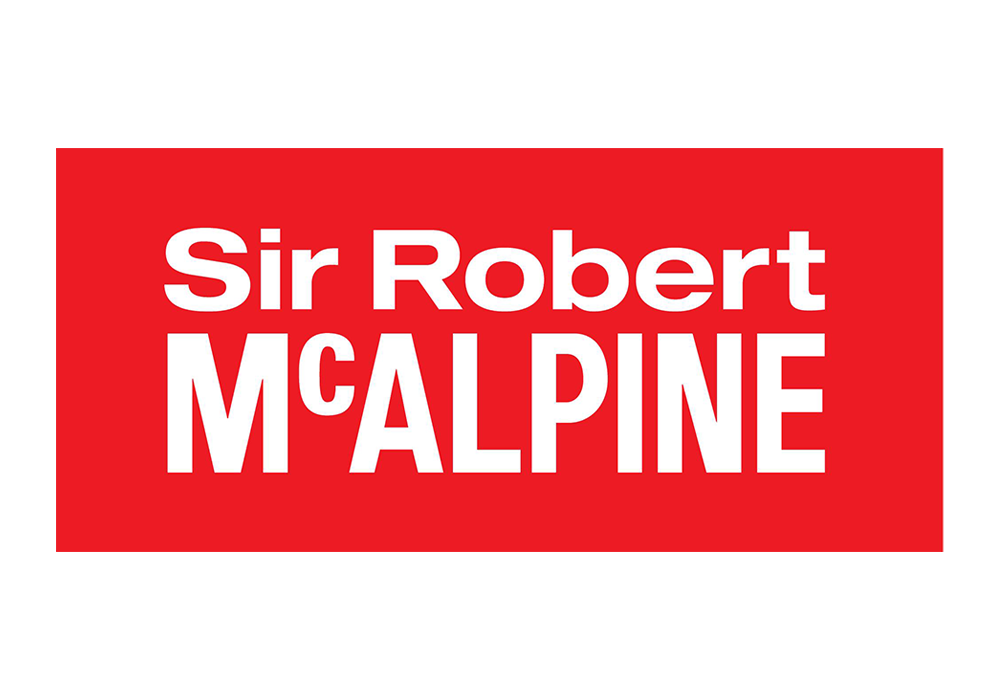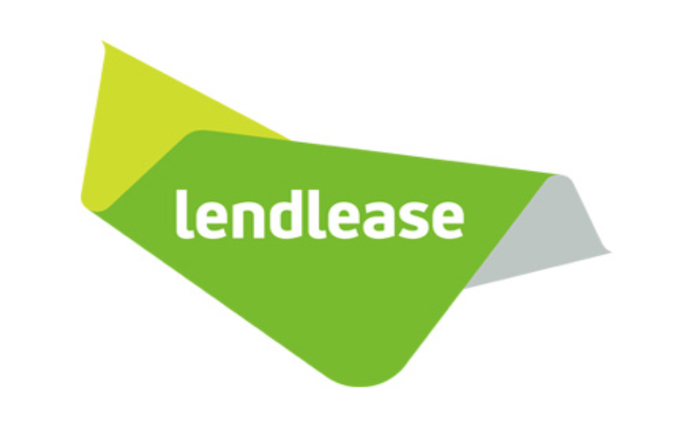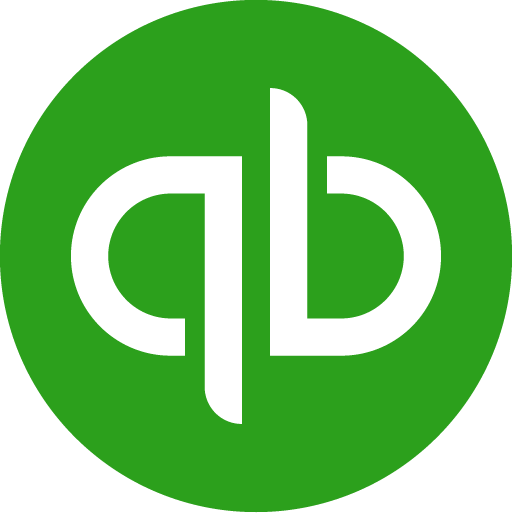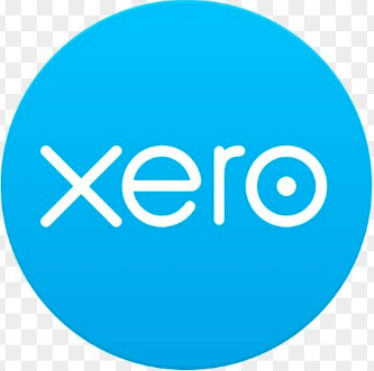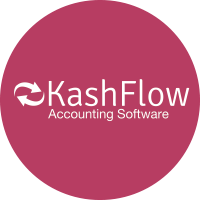Are you looking to close your company? Ensuring this is completed in the most efficient way possible is important for any business. We are asked a lot about Members voluntary liquidation (MVL) and Business Asset Disposal Relief (BADR), so here we have a quick article to help understand the basics of each. If you need more hands on advice about these specific matters please contact one of our specialist insolvency advisors here an F9 on 0800 169 3278.
Benefits of an MVL
A members voluntary liquidation allows a company to be closed whilst ensuring that they are subject to capital gains tax. The rates can be as low as 10% if the shareholders are eligible for Business Asset Disposal Relief.
If shareholders draw cash as a dividend, it is treated as income for tax purposes and will be taxed at rates of up to 45%.
The main benefits to limited companies are:
- Members voluntary liquidation can be concluded in as little as 21 days
- Significant tax advantages/savings
- Shareholders can receive distributions quickly
- Liquidators can deal with complicated creditor claims
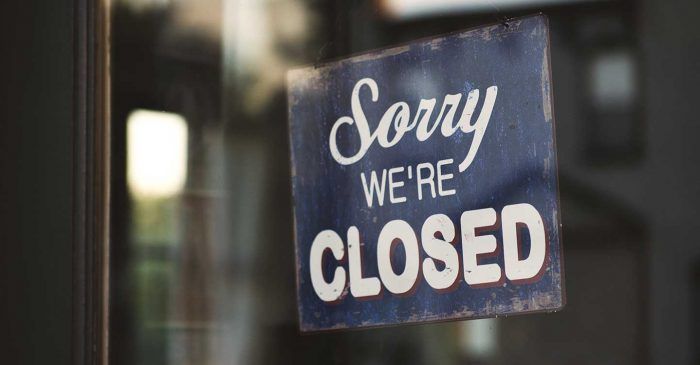
Are you looking to close your company? Get in touch for help and advice
Are you eligible for Business Asset Disposal Relief?
How to qualify for BADR:
- The Relief is typically only available via an MVL
- The shareholder must be a director, partner, or employee with more than a 5% shareholding
- The business must have been a trading company for the previous 24 months
Buyback of shares in a trading company on retirement
In the case of a shareholder, with a stake of 5% or more, who is retiring from the company, if they sell their shares back to the company, they may be eligible for Business Asset Disposal Relief.
- the buyback must be made wholly or mainly for the purpose of benefitting the company’s trade
- the seller must be resident in the UK at the time of the purchase
- the seller must have owned the shares for at least 5 years
- the seller must, and their associates, can’t be connected to the company after the purchase
- the purchase can’t be a scheme where one of the main purposes is to take a share of profits without a dividend or to avoid tax
- the shareholding interests of the seller and their associates in the company must be substantially reduced
Winding up the company
After all the creditors have been repaid in full, if a company has reserves of more than £25,000, it is more tax efficient to place the company into an MVL.
The MVL process is straightforward and requires the consent of 75%, in value, of the shareholders.
Once the MVL is passed, the company is wound up. The process is as follows:
- The liquidator advertises the appointment in the London Gazette, inviting anyone with a claim against the company to submit details to them in writing within 21 days
- If claims are received, these are dealt with and settled by the liquidator
- The liquidator sells any remaining company assets
- All relevant paperwork is completed to conclude the company’s business
- The company is removed from the official register of companies
Any non-cash assets can be given a cash value and distributed by the liquidator amongst the shareholders.
When all the assets are distributed, clearance is obtained from HMRC to finalise the MVL process, and the company is then dissolved.
Next Steps
If you are looking to close your business and need our help please get in touch to discuss your requirements. One of our team would be happy to listen to your business needs and discuss the best steps forward to dissolve your business in the most efficient way possible. Call today on 0800 169 3278 and speak to one of the team.



